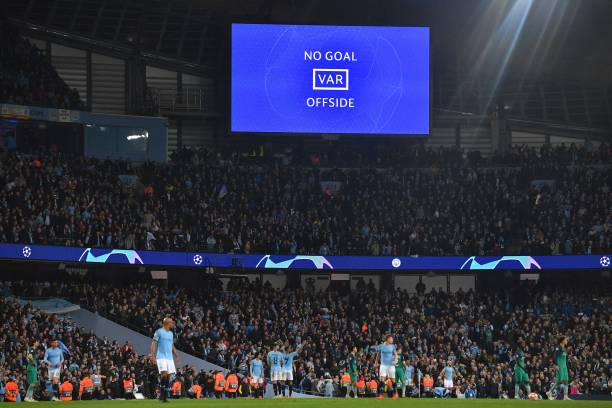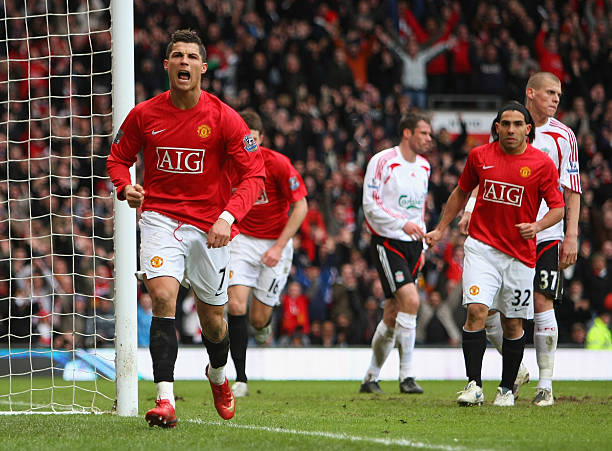Football, a sport deeply entrenched in traditions, has always been hesitant to embrace technological change. But with the introduction of the Video Assistant Referee (VAR), the beautiful game is undergoing one of its most significant evolutions. VAR, a system meant to ensure accuracy in match decisions, has not only impacted the outcome of numerous matches but has also sparked a myriad of discussions and controversies. This article delves into the world of VAR – its origins, its influence on match decisions, and the debates it has ignited.
The birth of VAR
The concept of integrating technology into football refereeing isn’t novel. Sports like cricket and tennis have long used technology to make precise decisions. Taking a leaf from their book, the International Football Association Board (IFAB) sanctioned the use of VAR to aid referees in four game-changing situations: goals, penalties, red cards, and mistaken identity.
VAR’s impact on match decisions
There’s no denying that VAR has made its mark. In leagues around the world, from the English Premier League to Serie A, VAR has reversed numerous contentious decisions. Mistimed offside calls, dubious penalty decisions, and missed fouls have been rectified, leading to what many believe is a fairer game. Such corrections can, and have, changed the fate of entire seasons, with teams either lauding or lamenting VAR’s interventions.
However, where there’s change, there’s resistance. VAR, despite its merits, hasn’t been devoid of controversies. Critics argue that it disrupts the game’s natural flow and can, at times, sap the excitement from spontaneous moments. There have been instances where VAR decisions have been microscopically stringent, particularly with offside calls, leading to widespread debates on the “spirit of the game”. Furthermore, as VAR relies on human interpretation, it has not eliminated controversies altogether. Different referees might interpret the same footage in diverse ways, leading to varying decisions. This subjectivity, ironically, has sometimes added more fuel to the debate fire.
The future of refereeing and VAR’s role
Looking to the horizon, VAR seems here to stay. But its continuous integration will depend largely on refining its application. Many suggest a clearer definition of “clear and obvious errors” to prevent unnecessary game interruptions. Others propose giving team captains limited chances to challenge decisions, similar to tennis or cricket. As the technology improves and becomes more seamless, there’s potential for an even greater blend of human judgement and technological assistance. Perhaps, in time, VAR will be less a topic of heated debate and more a staple, silently ensuring the game’s integrity.
Embracing the digital referee
In a sport as passionately followed as football, any change, especially one as significant as VAR, will take time to be wholly embraced. While VAR has already made an undeniable impact on football officiating, its true legacy will be determined by how the sport, its players, and its millions of fans adapt and mould its potential. For now, the Video Assistant Referee remains football’s most debated digital presence, holding the promise of a more accurate, if not always agreeable, football future.


